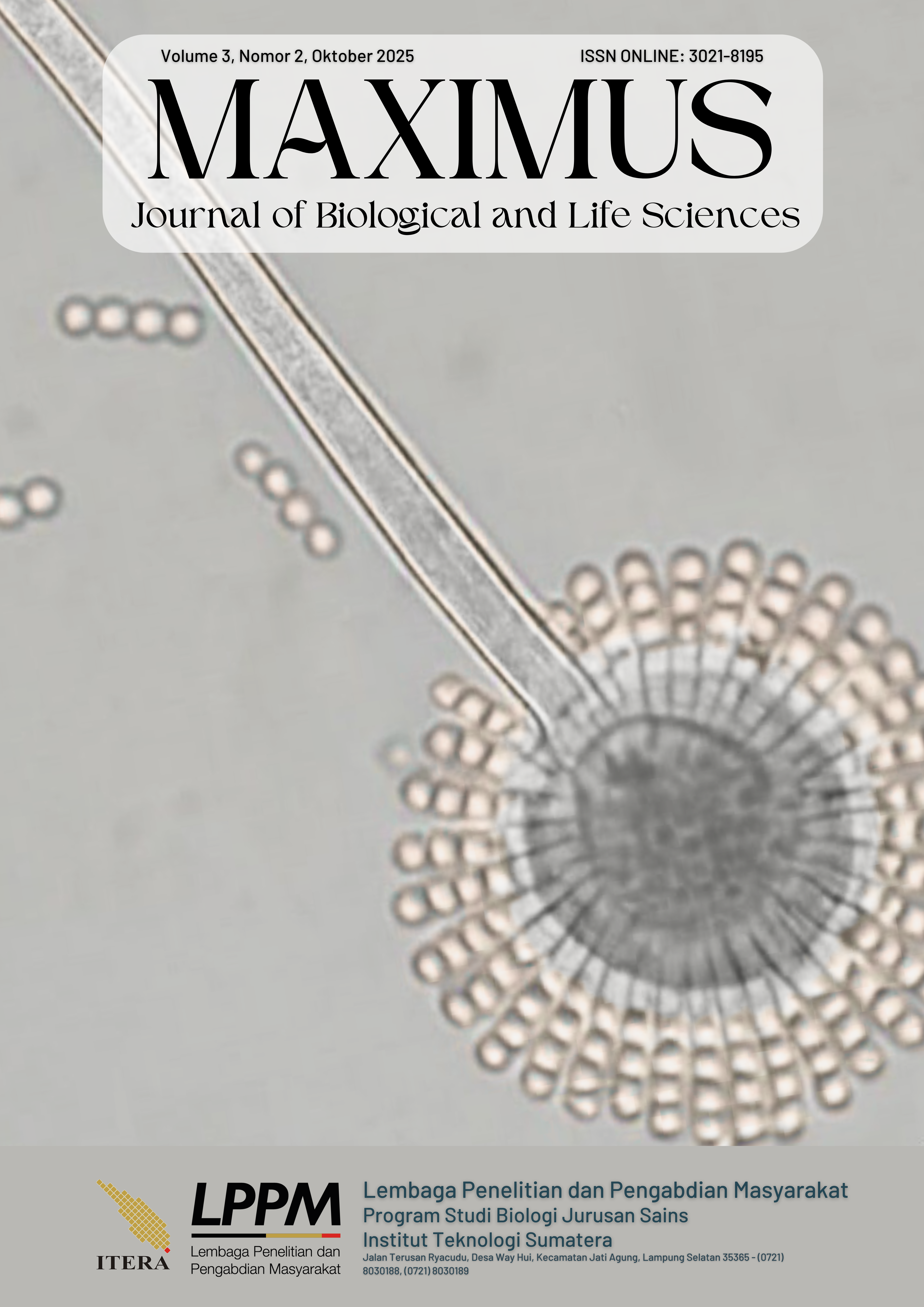Bacterial Contamination of Medical Scissors and Clamps in the Blood Collection Room
Abstract
Background: Bacterial contamination in blood products can originate from the donor's body or the surrounding environment. Contamination may occur during the blood collection process. Transmission typically happens through the hands and body of the medical personnel, contaminated clothing, medical instruments, and the surrounding environment. Bacterial contamination is a highly influential parameter in indoor air populations, especially in healthcare environments. Objective: The objective of this study was to identify the presence and growth of bacteria on medical scissors and clamps in the blood collection room of the Indonesian Red Cross Sleman Regency. Method: This research employed a descriptive observational method to analyze bacterial growth on scissors and clamps collected from the blood collection room of Indonesian Red Cross Sleman Regency. A cross-sectional approach was used, in which data on potential risk factors were collected at a single point in time. Nutrient Agar (NA) was used as the culture medium in this study. Result: The results of the bacterial isolation indicated that the scissors and clamps in the blood collection room of the Indonesian Red Cross Sleman Regency can be considered sterile, as the number of bacterial colonies did not exceed the normal threshold of <30 colonies. Specifically, 2 bacterial colonies were found on the scissors and 2 on the clamps. Conclusion: The presence of only 2 colonies each on the scissors and clamps suggests that the instruments in the blood collection room of Indonesian Red Cross Sleman Regency are within acceptable sterilization standards.
Downloads
Copyright (c) 2025 Gravinda Widyaswara, Maria Selviana Tulit Ina, Arif Tirtana, Kumara Rahmawati Zain

This work is licensed under a Creative Commons Attribution-NonCommercial 4.0 International License.
All rights, title and interest in the copyright to manuscript submitted, if accepted, are hereby transferred to Maximus : Journal of Biology and Life Sciences. This includes display of the accepted article in electronic form on the internet before and/or after print publication (if any). The authors must confirm that the manuscript contains no material that would violate the copyright or any other right of any other person. The authors reserve unto themselves the following rights the right to make copies for personal teaching use, and to reproduce reasonable quantities for personal use only; the right to reuse figures and tables in articles published in other books or journals (with bibliographic reference to Maximus : Journal of Biology and Life Sciences); any proprietary rights other than copyright, including the right to any patentable subject matter contained in the manuscript and the right to deny any subsequent commercial use.







